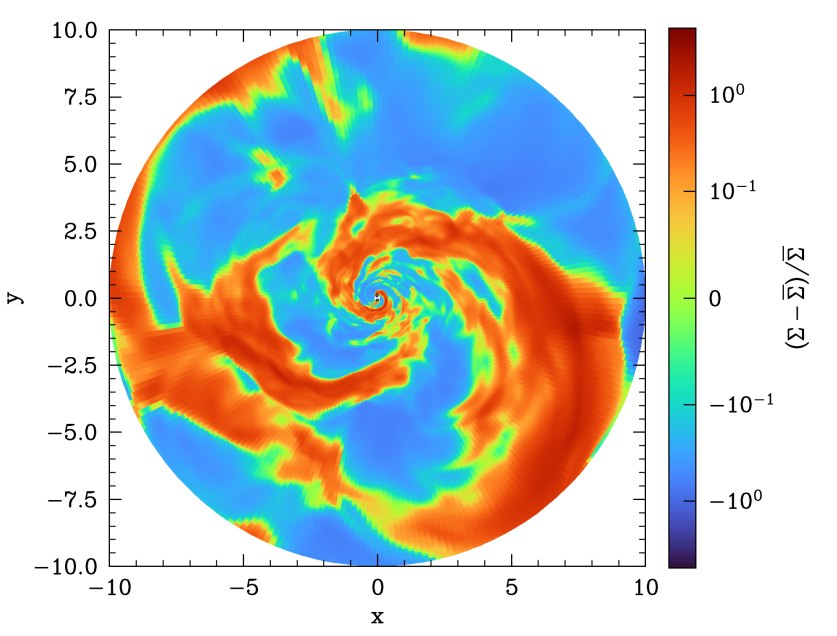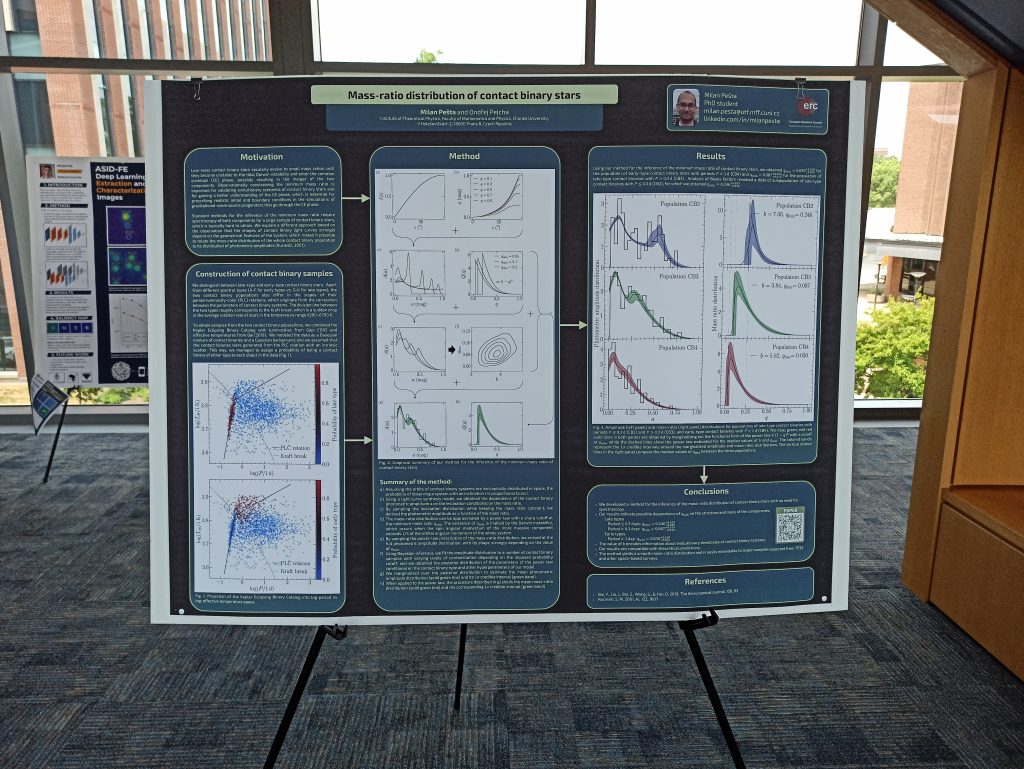In his newest paper, Damien Gagnier takes the next step by simulating post-dynamical common envelope evolution with MHD with Athena++. We see amplification of B to similar levels as in other contemporary work, but with a much lower kinetic-to-magnetic energy ratio and no evidence for jets. Magnetic fields have a negligible impact on many features including binary orbit evolution. Damien performed detailed analysis of reservoirs of energy and transfer between them. He also measured α-disk parameter of ≃0.034, but the “viscosity” is not straighforwardly due to B. There is much more – check out the paper at https://arxiv.org/abs/2310.16880, now under review in A&A.

















